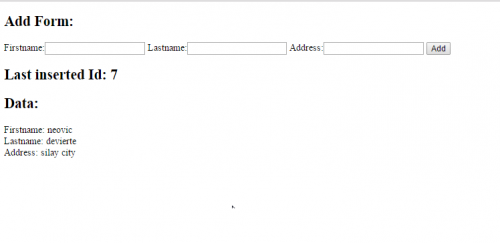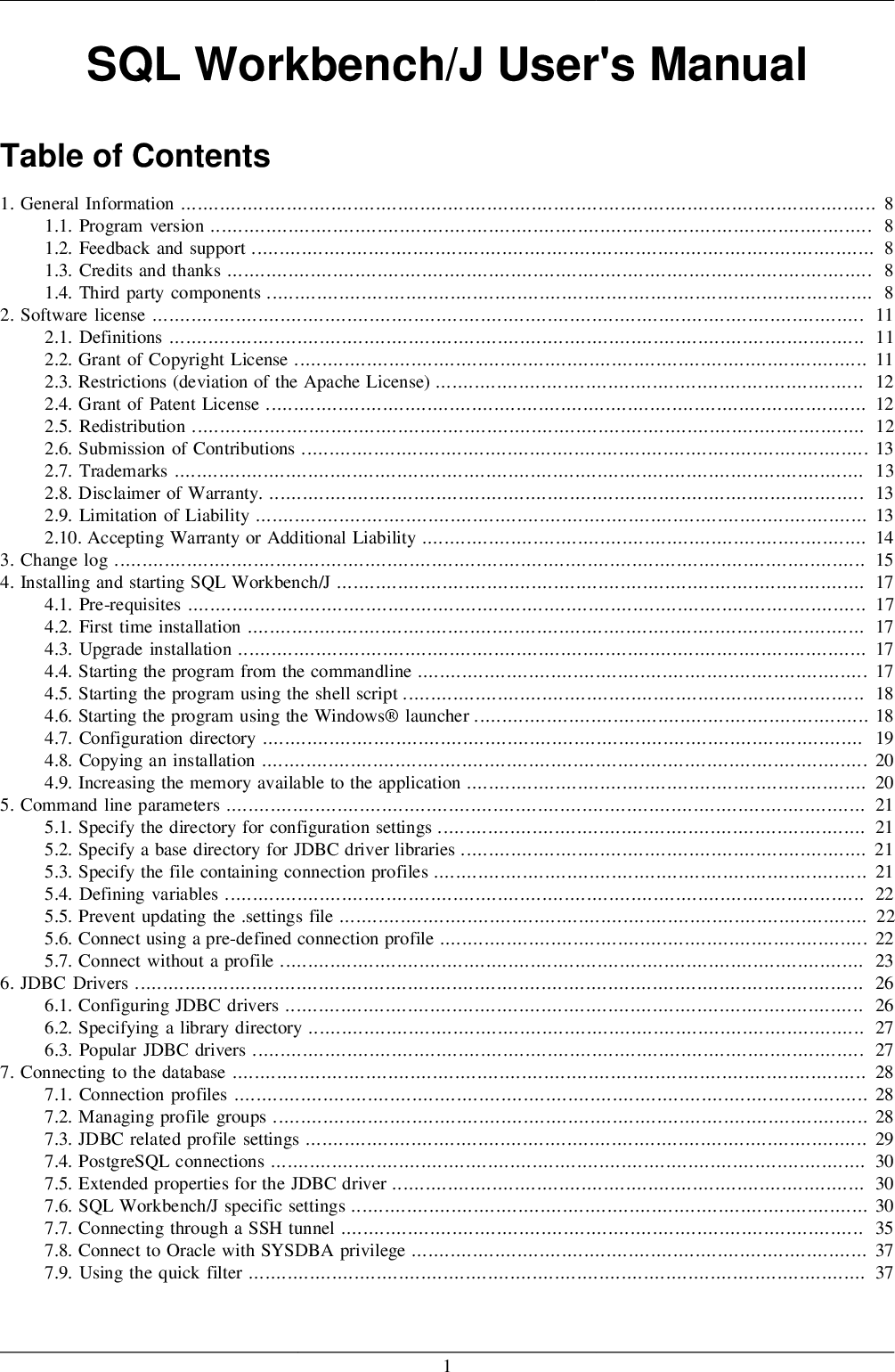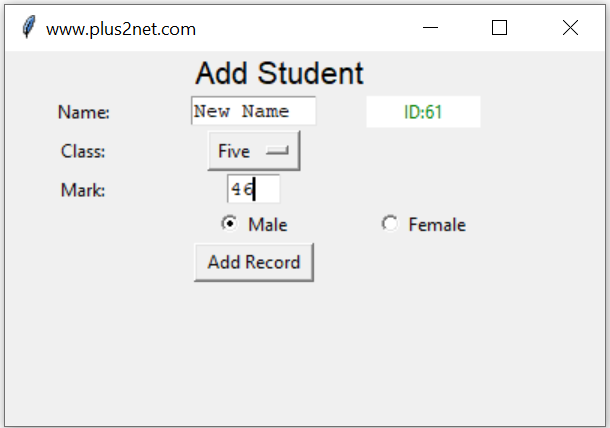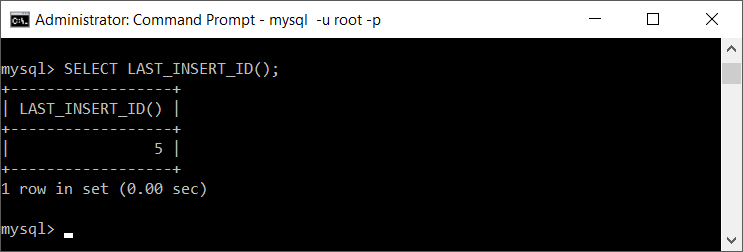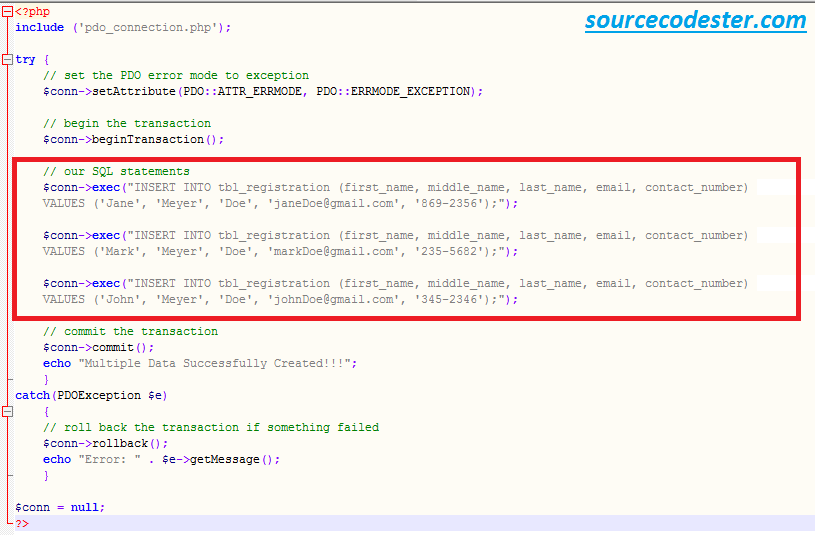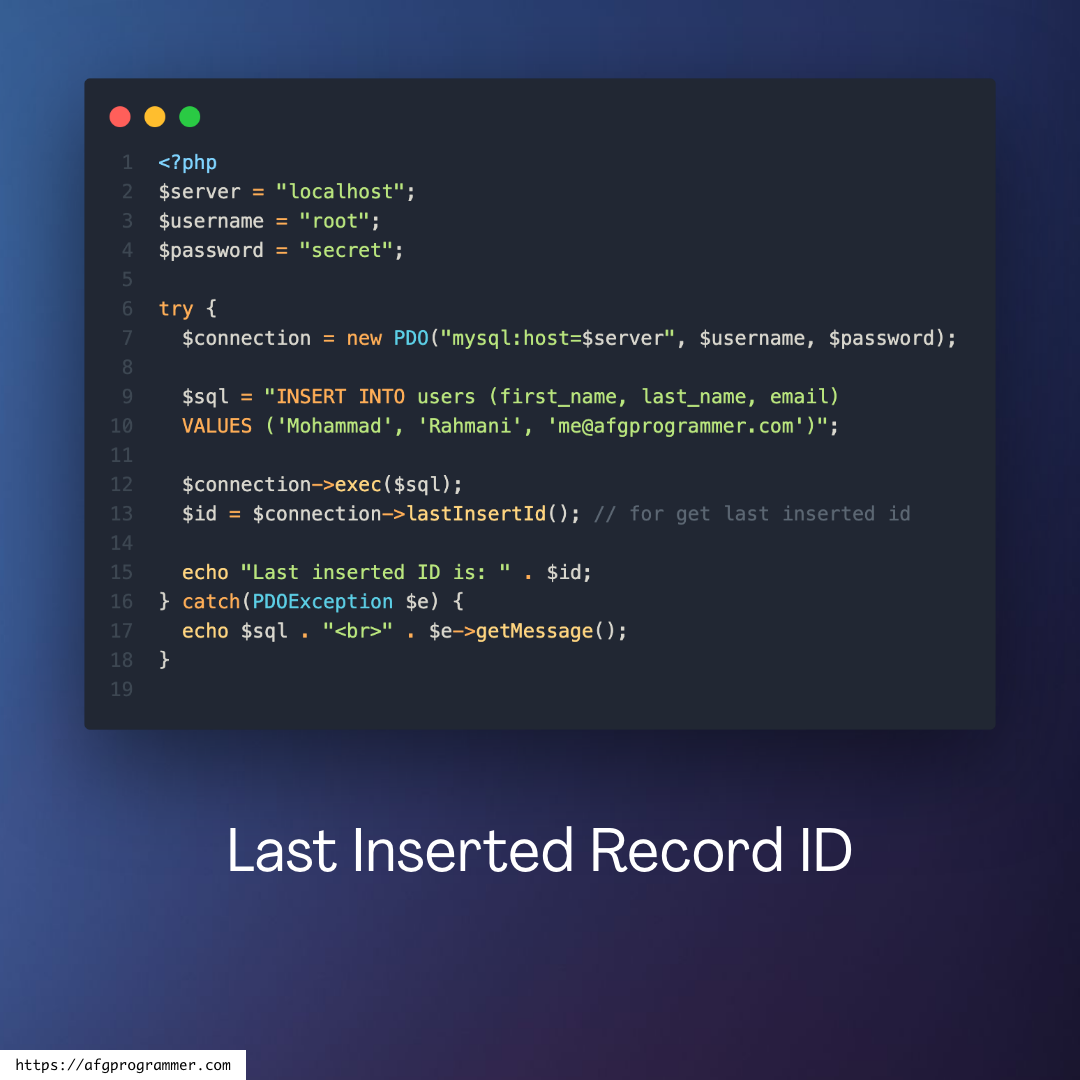The migration should have created a simplepedia.db file. To check out the current schema, open the database with the SQLite client application via sqlite3 simplepedia.db and execute .schema at the interpreter prompt. You should see the schema for your new Article table (as well as a knex table that knex added to keep track of migrations -- don't tinker with this). To get of the sqlite3 command line, type Ctrl+D or .exit.
Now, my use case is that I want to insert a record in a table, with only one column populated based on request data and the rest initialized to defaults. I would also like to return to the client the entire newly inserted row, meaning I need to query the table again and get the last inserted record. In this tutorial, You will learn how to retrieve last inserted id from mysql table using nodejs. When you are inserting a row into a table with an auto increment primary key, you can use insertId property of result from call back function. Chain the insert method to a relatedQuery or $relatedQuery call to insert a related object for an item. The query inserts a new object to the related table and updates the needed tables to create the relationship.
In case of many-to-many relation a row is inserted to the join table etc. Also check out insertGraph method for an alternative way to insert related models. Knex.js is a JavaScript query builder for relational databases including PostgreSQL, MySQL, SQLite3, and Oracle. In this titorial, you will learn about knex.js which is a SQL query builder which supports most of the SQL databases such as Mysql, Postgresql, sqlite etc. This Knex.js Tutorial will be beginner friendly with code examples so all users can benefit most from it.
Adds created_at and updated_at columns on the database, setting each to datetime types. When true is passed as the first argument a timestamp type is used instead. Both columns default to being not null and using the current timestamp when true is passed as the second argument. Note that on MySQL the .timestamps() only have seconds precision, to get better precision use the .datetime or .timestamp methods directly with precision.
If useCamelCase is true, the name of columns are createdAt and updatedAt. Implemented for the PostgreSQL, MySQL, and SQLite databases. A modifier for insert queries that specifies alternative behaviour in the case of a conflict. A conflict occurs when a table has a PRIMARY KEY or a UNIQUE index on a column and a row being inserted has the same value as a row which already exists in the table in those column.
The default behaviour in case of conflict is to raise an error and abort the query. Auto-increment allows a unique number to be generated automatically whenever a new record is inserted into a table. This feature is especially useful in the primary key field so that the key can be set automatically every time a new record is inserted.
In this article, you'll learn how to use AUTO_INCREMENT columns in MySQL, as well as explore a few unusual use cases. Now update the rest of the handlers to work with your newly created Article model. The relevant Objection.js query methods will likely be insertAndFetch, deleteById and updateAndFetchById.
These will all need to be called on a query (Article.query().insertAndFetch(...)) like shown above, not on the raw model . All of your routes should be similar and have just a few lines of code. Those methods will require one or more arguments, e.g. the article you will be inserting into the database or the Id of the article you want to delete.
Inside the up function, a new table called users is created. The table has an auto-increment column id, string columns name and email, and timestamp columns which by default are created_at and updated_at. Unlike migrations, every seed file will be executed when you run the command. You should design your seed files to reset tables as needed before inserting data. E.g. with postgres it just adds returning "col1","col2","col3" etc. to constructed query. Mysql and sqlite doesn't support returning statement at all.
For a multiple-row insert, LAST_INSERT_ID() and mysql_insert_id() return the AUTO_INCREMENT key from the first of the inserted rows. This is to enable multiple-row inserts to be reproduced correctly on other servers in a replication setup. A while back I wrote an introductory post about objection.js, the ORM I created for Node.js (it was called Moron.js back then). Now it's time to dig a little deeper into its features.
In this post, I will introduce the nested relation query system of objection.js, which is one of its most powerful features. It allows you to easily load and insert nested relations from/into the database. Recall that migrations are how we automatically configure the database.
For SQLite, running the migration will also create the database file if it doesn't exist. In our seed files, we often have to return Promises rather than just calling them. Because knex().insert() returns a Promise, we can use async/await on it. You will make some write queries to also have 3 roundtrips instead of just one with that design.
I mean those atomic writes, which wouldn't need explicit transactions. Not sure if setting autocommit off is helpful or scary... I mean at least if autocommit is on, then all connections have consistent state. But if you set autocommit off and write that code which writes to DB outside of transaction, then some connections may behave strangely and others not... Though I have no idea how to support that nicely, without overriding knex's insert, update, etc. methods. In this article we will learn about some of the frequently asked MySQL programming questions in technical like "knex last insert id mysql" Code Answer.
When creating scripts and web applications, error handling is an important part. If your code lacks error checking code, your program may look very unprofessional and you may be open to security risks. An error message with filename, line number and a message describing the error is sent to the browser. This tutorial contains some of the most common error checking methods in MySQL. Below are some solution about "knex last insert id mysql" Code Answer. Creates an insert query, taking either a hash of properties to be inserted into the row, or an array of inserts, to be executed as a single insert command.
Resolves the promise / fulfills the callback with an array containing the first insert id of the inserted model, or an array containing all inserted ids for postgresql. Server/.envWe can update this file based on our database configuration and environment. As per this file configuration, we need to create new folders named migrations and seeds under server/db folder. Now we will add these values to the database as shown below. In the below code at first we are creating objects and then using insert method we are inserting the data in table test and after that logging the newly inserted id. Photo by Matthew Cabret on UnsplashRecently I'm still focusing on drilling into database and everything related.
Bookshelf is a JavaScript ORM for Node.js, built on the Knex SQL query builder. Inserting a new user into the database is simple as well. I'm going to create a .post method to the route we've already created and update the usersService.js with a query to insert data into the pg database. Migrations are kind of like version control for databases.
They are single, timestamped files that each represent a change to your database schema. Think back to the randomly selected open-source code we looked at yesterday. Notice every file in this 'migrations' directory is simply a timestamped file. We'll talk more about the structure of these files in a bit.
This is just an option that will take any undefined keys or values in our database and set them equal to null rather than having to specify a default value for each one. It's also really easy to create a server that doesn't work well with multiple users by overusing upsertGraph. That's because you can easily get into a situation where you override other user's changes if you always upsert large graphs at a time.
Always try to update the minimum amount of rows and columns and you'll save yourself a lot of trouble in the long run. If you are using Postgres the inserts are done in batches for maximum performance. On other databases the rows need to be inserted one at a time.
This is because postgresql is the only database engine that returns the identifiers of all inserted rows and not just the first or the last one. Find queries can be created by calling Model.query() and chaining query builder methods for the returnedQueryBuilder instance. With Knex.js, you can easily prepare for different environments and setups. You can use the same methods and code to perform actions on the database and just change the configuration for the connection in one file when needed. The context can be any kind of value and will be passed to the hooks without modification.
This allows modifying the context for the cloned query builder instance. Creates an intersect query, taking an array or a list of callbacks, builders, or raw statements to build the intersect statement, with optional boolean wrap. If the wrap parameter is true, the queries will be individually wrapped in parentheses. Because the relation expressions are strings, they can easily be sent for example as a query parameter of an HTTP request. Allowing a client to fetch an arbitrary set of relations is not very secure.
Therefore, objection.js has the allowEager() method. AllowEager can be used to limit the allowed relations to a certain subset. The sqlite3 client accepts two different types of commands. You can type raw SQL statements to interact with the database directly, or you have a small collection of system commands for working with the client. The system commands all start with a dot (like .schema). You can get a full list of these commands with .help.
Similar to SQL, Knex also has a insert method which you can use to add records to the table. At first we will create objects having the values which we need to insert into the database as shown below. During the lifecycle events, such as "fetching", "saving", or "destroying", the model no-longer contains the active query builder instance at the time it is saved. If you need to modify the query builder chain inside of an event handler, you may now use options.query inside the event handlers. To create a count query, we can ue qb.count(), which will intialize a select clause with count() function. Existing rows can be related to newly inserted rows by using the relate option.
Relate can be true in which case all models in the graph that have an identifier get related. Relate can also be an array of relation paths like ['children', 'children.movies.actors'] in which case only objects in those paths get related even if they have an idetifier. If you open db/seed/users.js, you'll see the function seed. This function first deletes all current users in the database then adds new ones. This will create the seed file users.js inside db/seeds.
The knexfile option specifies the location of knexfile.js. This configuration also specifies that the database should have a table called knex_migrations to keep track of the migrations. As for useNullAsDefault, it's necessary for SQLite configuration if you have columns that you want to default to Null. This shouldn't affect to old loc tables, but if you like to have your locktable to have primary key, delete the old table and it will be recreated when migrations are ran next time.
The knex.raw may also be used to build a full query and execute it, as a standard query builder query would be executed. The benefit of this is that it uses the connection pool and provides a standard interface for the different client libraries. Adds a json column, using the built-in json type in PostgreSQL, MySQL and SQLite, defaulting to a text column in older versions or in unsupported databases. Creates a new view or replace it on the database, with a callback function to modify the view's structure, using the schema-building commands. You need to specify at least the same columns in same order .
In SQLite, this function generate drop/create view queries . The knex.schema is a getter function, which returns a stateful object containing the query. Therefore be sure to obtain a new instance of the knex.schema for every query. Modifies an insert query, to turn it into an 'upsert' operation. Uses ON DUPLICATE KEY UPDATE in MySQL, and adds an ON CONFLICT DO UPDATE clause to the insert statement in PostgreSQL and SQLite. Specifically set the columns to be selected on a select query, taking an array, an object or a list of column names.
Passing an object will automatically alias the columns with the given keys. The heart of the library, the knex query builder is the interface used for building and executing standard SQL queries, such as select, insert, update, delete. Knex can be used as an SQL query builder in both Node.JS and the browser, limited to WebSQL's constraints . Composing SQL queries in the browser for execution on the server is highly discouraged, as this can be the cause of serious security vulnerabilities. The browser builds outside of WebSQL are primarily for learning purposes - for example, you can pop open the console and build queries on this page using the knex object. Also documentation of .returning states clearly that its parameter is list of columns and that it works only with supported databases.
MySQL AUTO_INCREMENT columns provide an easy way to add a numeric primary key to a table that you can set and forget. Moreover, if you employ the MyISAM engine, you can even use them as part of a multi-column index. In objection.js you can fetch related models for the results of any query by chaining the eager method to the query.
The eager method takes a relation expression string as a parameter. Let's look at a couple of simple examples first to get started. The first example fetches the actors relation for all movies in the result. The examples are written in ES7, but note that ES7 is not a requirement of objection.js. In the above code, we used a node package knex to connect Nodejs to mysql. And then we are finally inserting a new record in the table named "Depts".





